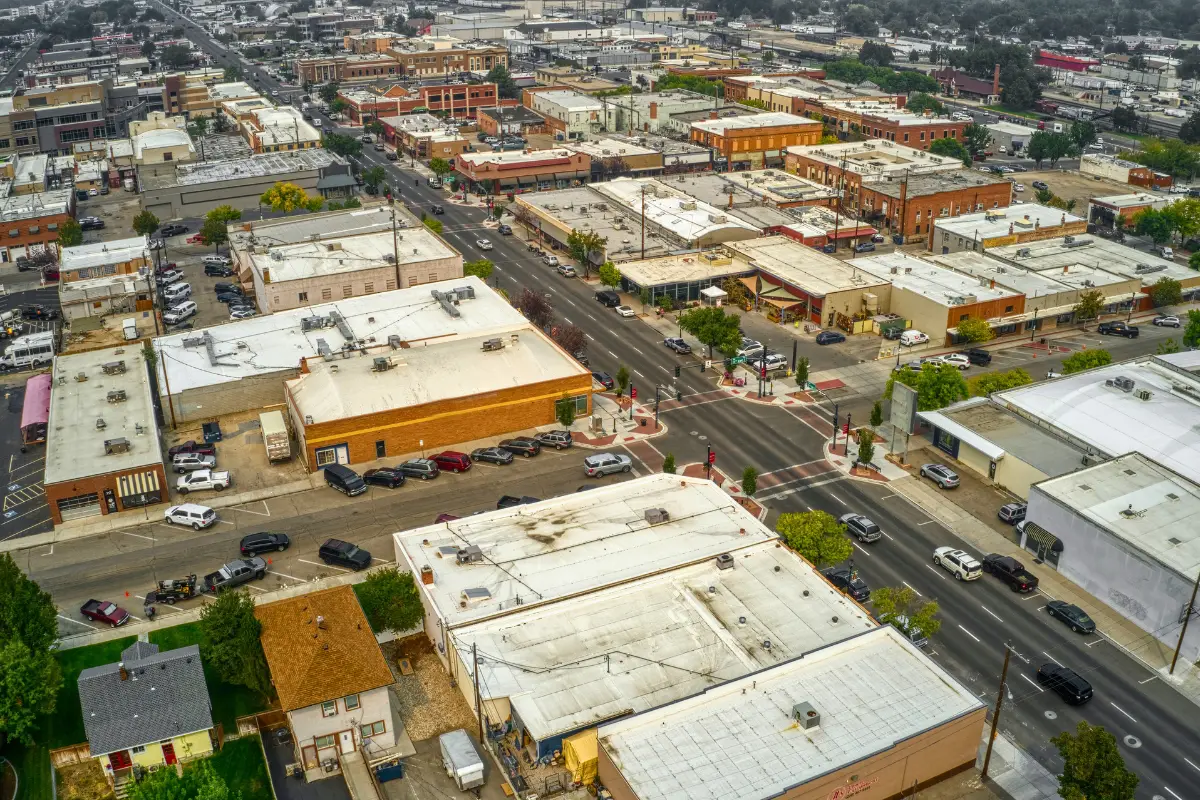The kitchen is more than just a place to prepare meals. It’s the heart of the home, a gathering spot for family and friends, and a reflection of your personal style. Whether you’re building a brand new home or considering a kitchen remodel, designing a custom kitchen can feel like a big undertaking. However, breaking it down into thoughtful choices about functionality and aesthetics will ensure you end up with a space you’ll love for years to come.
Let’s dive into the key ingredients for creating a custom kitchen that truly fits your lifestyle.
Step 1: Understanding Your Kitchen Needs & Lifestyle
Before looking at kitchen design ideas, reflect on how you use your kitchen. Consider these questions through the lens of your daily life:
- Who uses the kitchen, and how often? Are you a busy family needing a command center? An empty nester who loves to entertain? A passionate home cook who needs professional-grade tools?
- What kind of cooking do you do? Are you a quick-meal prepper, a weekend baker, or someone who loves to host elaborate dinners? This will heavily influence your appliance choices and workspace needs.
- How do you entertain? Do you host casual gatherings or formal dinner parties? Do you need a large island for guests to gather around? Consider how your kitchen flows into other living spaces — especially important for Boise’s indoor-outdoor living vibe.
- What are your storage needs? Do you have a lot of small appliances? A large collection of cookware? Pantry staples? Be realistic about what you need to store to avoid clutter down the line.
- What are your must-haves and nice-to-haves? Make a list of essential features and aspirational elements you’d love to include if your budget allows.
Step 2: Planning the Layout
The layout of your kitchen is crucial for workflow and efficiency — whether you have a large kitchen or a small one. Here are some common kitchen layouts:
- Galley Kitchen: This layout features 2 parallel countertops with a walkway in between. It is efficient for small kitchens, homes with a single cook, or smaller households.
- L-Shaped Kitchen: The L-shaped kitchen is a versatile layout with countertops and cabinets along 2 adjacent walls. It offers good workflow and can often accommodate a kitchen island. This layout is popular in many Treasure Valley homes because of its adaptability.
- U-Shaped Kitchen: This layout features countertops that wrap around 3 walls, providing ample counter space and storage. It is ideal for busy cooks who need dedicated zones and for larger homes.
- Island Kitchen: Often incorporated into L-shaped or U-shaped layouts, an island provides extra workspace, seating, and storage. It’s perfect for entertaining and casual meals. However, consider the size and flow around the island in your interior design.
- Peninsula Kitchen: Similar to an island but connected to one wall, a peninsula offers seating and workspace while saving space. It’s a good option for smaller Boise kitchens where a full island isn’t feasible.
As you review layouts, consider the “work triangle” – the relationship between your sink, refrigerator, and cooktop. This work triangle is the busiest area in your kitchen and should be optimized for efficiency no matter your layout.
Step 3: Selecting Appliances That Work for You
Appliances are the workhorses of your kitchen. Think about your cooking style and choose appliances that meet your needs and complement your design.
- Range vs. Cooktop and Oven: Do you prefer the convenience of a range, or the flexibility of a separate cooktop and wall oven (perhaps even a double oven for holiday gatherings)?
- Refrigerator Style: French door, side-by-side, or bottom freezer? Consider your storage needs and kitchen layout. Think about easy access to frequently used items.
- Dishwasher: Consider size and features like noise level and energy efficiency.
- Microwave: Built-in or countertop? Consider space and functionality.
- Ventilation: A powerful range hood is essential for removing cooking odors and grease. Consider ducted vs. ductless options.
Don’t forget specialty appliances that might fit your lifestyle. Think popcorn makers to complement an in-home theater or ice cream makers to keep you cool in hot Boise summers.
Step 4: Finding Smart Storage Solutions
A well-designed custom kitchen maximizes storage, keeping countertops clear and everything within easy reach. Here are some ideas:
- Custom Cabinetry: This is where the “custom” really shines. Consider pull-out drawers for pots and pans, deep drawers for dishes, spice racks, and even hidden storage solutions. Think vertically with any cabinet line to maximize space. You may want custom kitchen cabinets to “hide” your appliances.
- Pantry Design: Whether it’s a walk-in pantry or clever cabinet organization, plan your pantry space to accommodate your groceries and small appliances. Consider adjustable shelving and designated zones.
- Island Storage: If you have an island, utilize it for drawers, cabinets, or even a built-in microwave or wine fridge.
- Open Shelving: While aesthetically pleasing, consider how much dusting and organizing you’re willing to do. Use open shelves for frequently used items or decorative pieces.
When you get ready to organize your kitchen, think about the flow of your tasks. Store pots and pans near the cooktop, dishes near the dishwasher, and food prep tools near your main workspace.
Step 5: Infusing Your Personal Style
Once the floor plan and functionality are nailed down, bring your personal style to life with material and finish choices:
- Cabinetry: Choose door styles, wood types, and finishes that reflect your taste. Consider classic shaker cabinets, sleek modern styles, or something in between. Think about how the color will work with the natural light in your Boise home. Maybe you like the look of an all-white kitchen or the more modern look of bold colors.
- Countertops: From durable quartz to elegant granite or warm butcher block, countertops are a major design element. Consider durability, maintenance, and aesthetics. Think about how they’ll hold up to daily use.
- Backsplash: A backsplash can add a pop of color, texture, or pattern. Consider tile, stone, or even glass.
- Flooring: Choose durable and easy-to-clean flooring that complements your overall design. Options include hardwood, tile, luxury vinyl plank, and more. Consider how it will hold up to seasonal changes and foot traffic.
- Hardware & Fixtures: These small details can make a big impact. Choose cabinet hardware, faucets, and lighting fixtures that align with your style.
Step 6: Lighting It Right
Good lighting is essential for both functionality and ambiance in your kitchen. Make sure your kitchen includes the following types of lighting:
- Ambient Lighting: Provides overall illumination for the space (e.g., recessed lighting, pendant lights).
- Task Lighting: Illuminates specific work areas (e.g., under-cabinet lighting, pendant lights over the island).
- Accent Lighting: Highlights architectural features or decorative elements (e.g., in-cabinet lighting).
Add dimmer switches to adjust the mood for different times of day and occasions. Think about maximizing natural light in your Boise kitchen in the summer while brightening up the space during our darker winters.
Designing Your Dream Kitchen
Designing a custom kitchen is an exciting journey. By carefully considering your lifestyle, functional needs, and aesthetic preferences, you can create a space that looks beautiful and enhances your daily life.
Don’t be afraid to get inspired, gather ideas, and work with experienced professionals who can help bring your vision to life. At Pleasant View, we are your construction partner to design and execute your vision. Your dream kitchen is waiting!



